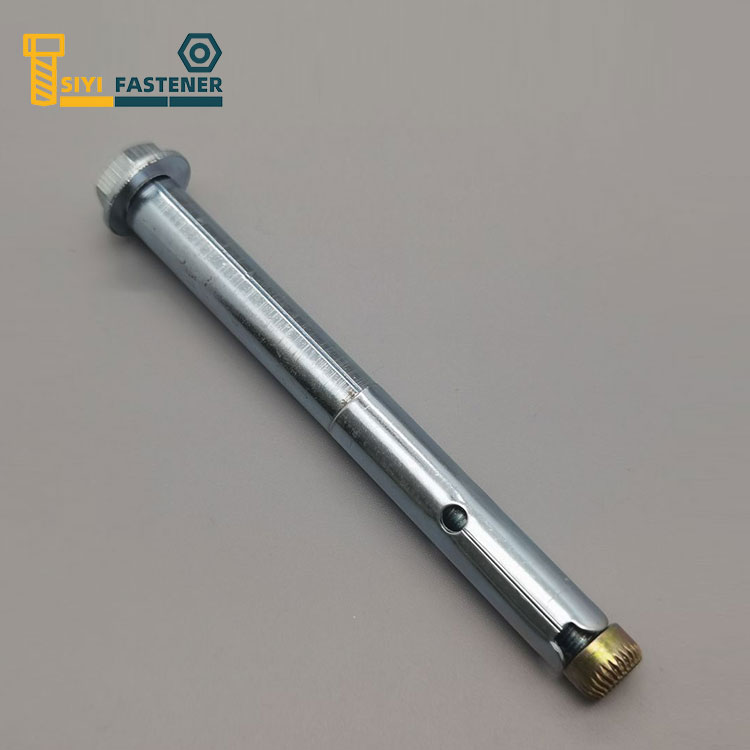Inside Out: Unveiling the Anatomy of a Zinc Plated Sleeve Anchor
2023-11-21
Introduction:
In the realm of anchoring technology, where reliability and stability are paramount, the Zinc Plated Sleeve Anchor takes center stage. Behind its unassuming exterior lies a carefully engineered design, a symphony of components working in harmony to provide steadfast support in construction and industrial applications. In this exploration, we delve into the basic design and components that constitute the anatomy of a Zinc Plated Sleeve Anchor.
The Basic Design:
1. Threaded Stud:
- At the heart of the Zinc Plated Sleeve Anchor is the threaded stud. This is the central component that penetrates the material and provides the anchor point. The threaded design ensures a secure and tight fit within the substrate.
2. Sleeve:
- Wrapped around the threaded stud is the cylindrical sleeve, a key player in the anchor's functionality. The sleeve is typically made of materials such as carbon steel or stainless steel. It serves as the expansion mechanism that enables the anchor to create a tight bond with the base material.
3. Nut:
- Completing the trio of essential components is the nut. The nut is threaded onto the stud and serves a crucial role in the installation process. Tightening the nut compresses the sleeve against the walls of the drilled hole, initiating the expansion of the anchor and securing it in place.
The Expansion Mechanism:
The distinctive feature of the Zinc Plated Sleeve Anchor lies in its expansion mechanism. When the nut is tightened onto the threaded stud, the cylindrical sleeve undergoes compression. This compression causes the sleeve to expand radially, pressing against the walls of the pre-drilled hole in the base material. The result is a secure and reliable anchor point that resists pull-out forces.
Zinc Plating: The Protective Shield
What sets the Zinc Plated Sleeve Anchor apart is the protective layer of zinc plating. This is applied to the surface of the anchor, providing a corrosion-resistant barrier. The zinc plating is a critical feature, especially in construction and industrial environments where exposure to moisture and corrosive elements is commonplace. The protective layer enhances the anchor's durability and ensures long-term performance.
The Installation Process:
Understanding the basic design of a Zinc Plated Sleeve Anchor is incomplete without insight into the installation process. The steps are relatively straightforward:
1. Drilling:
- A hole is drilled into the base material, matching the diameter of the Zinc Plated Sleeve Anchor.
2. Insertion:
- The anchor is inserted into the drilled hole, with the threaded stud extending outward.
3. Tightening:
- The nut is threaded onto the stud, and tightening the nut initiates the expansion mechanism. The sleeve compresses and expands against the walls of the hole, creating a secure anchor point.
4. Torque Control:
- Torque control during the tightening process is crucial to achieving the desired expansion and ensuring the anchor's optimal performance.
Conclusion:
In the world of construction and industrial anchoring, the Zinc Plated Sleeve Anchor's design embodies simplicity and efficacy. The threaded stud, cylindrical sleeve, and nut work in concert, utilizing the expansion mechanism to create a robust anchor point. With the added layer of zinc plating providing protection against corrosion, the Zinc Plated Sleeve Anchor stands as a reliable and resilient solution in the intricate landscape of anchoring technology.



